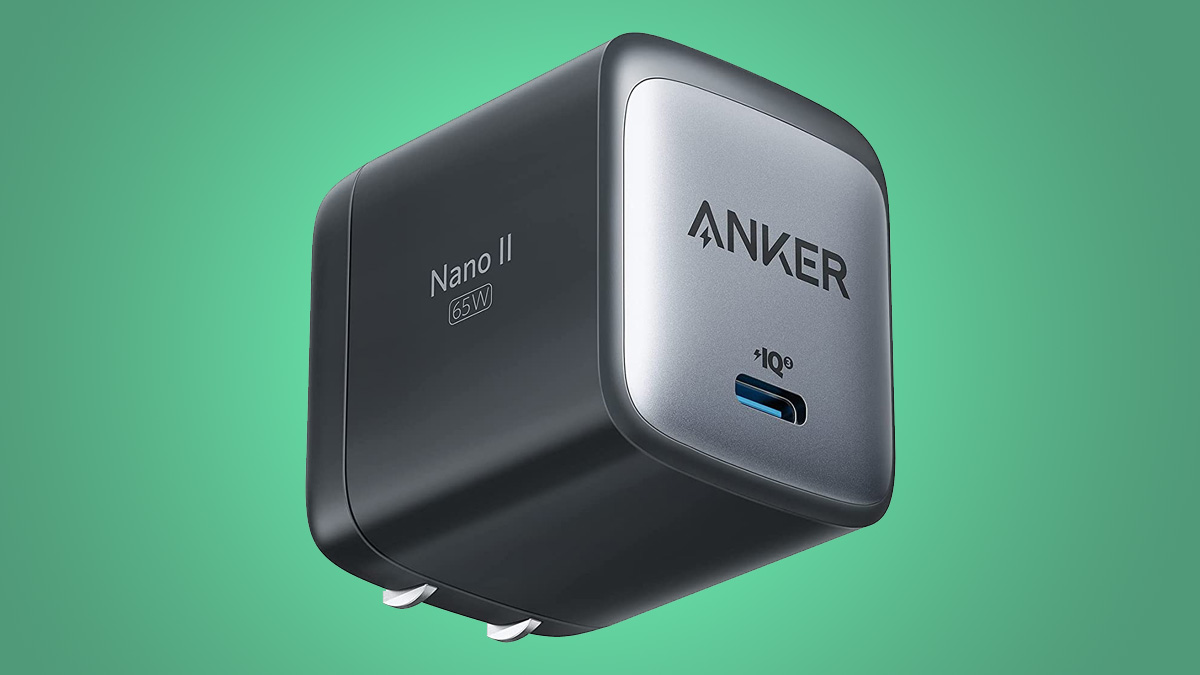#How to Type Accent Marks Over Letters in Microsoft Word

Table of Contents
“#How to Type Accent Marks Over Letters in Microsoft Word”

If you don’t have a specialized keyboard, you have to do a little extra work to type letters with accent marks in Microsoft Word. Here are a few ways you can add accents using keyboard shortcuts and other on-screen tools.
If you type regularly in a language other than English, you probably have this all worked out already. Perhaps you even use a specialized keyboard that makes typing letters with accent marks easier. But if you’re typing primarily in English, there are still times you might need to type an accented letter. After all, English uses many words borrowed from other languages—like déjà vu, jalapeño, doppelgänger, and résumé, for example.
And while we generally just type those words without accents in English, sometimes it’s nice to take the more formal approach. In the cases where you do, Microsoft Word provides a few easy ways to make it happen.
Insert Accented Letters with Word’s Insert Function
If you only need to insert accented characters occasionally, it’s easy enough to pop open Microsoft Word’s Symbol window and hunt for the letter you need.
Switch over to the “Insert” tab, and then click the “Advanced Symbol” or “Symbol” button.

Newer versions of Word will automatically open the Symbol window. In older versions, the dropdown menu shows your most-recently-used symbols. If the symbol you’re after is there, just click it. If not, click the “More Symbols” option, instead.

The Symbol window that opens displays a huge number of characters to choose from—3,633 to be exact. Word does help by letting you filter by font and subset, though.
Use the “Font” dropdown menu to choose the font you’re using (or, you can just select the “Normal Text” entry). The “Subset” dropdown lets you jump to particular subsets of characters. In fact, if you scroll through the available characters, you can watch the Subset value change. For now, though, go ahead and choose “Latin-1 Supplement” from the “Subset” dropdown. That’s where you’ll likely find the accented letter you’re after.
Click the character you’re looking for, and then click the “Insert” button to insert it into your document. Note while you’re here that there are all kinds of other useful symbols in this window. Just in the image below, you can see the symbols for copyright (©) and registered trademark (®).

Pretty simple, right? But, what if you need to insert some symbols pretty often and don’t want to open up and search that Symbol window every time? Well, we have a couple of tricks to show you.
Insert Accented Letters with Keyboard Shortcuts

And the best part is that these shortcuts follow a kind of formula, so you don’t necessarily have to memorize them all. You’ll use the Ctrl or Shift key along with the accent key on your keyboard, followed by a quick press of the letter.
For example, to get the á character, you’d press Ctrl+’ (apostrophe), release those keys, and then quickly press the A key. Note that if you want Á instead of á, you’d have to enable caps lock before using the shortcut key, since using the Shift key would change the shortcut.
There are too many to list in this article, but here are a few shortcut keys provided by Office Support to get you started.
| Symbol | Code |
| à, è, ì, ò, ù | Ctrl+` (Accent Grave), the letter |
| À, È, Ì, Ò, Ù | |
| á, é, í, ó, ú | Ctrl+’ (Apostrophe), the letter |
| Á, É, Í, Ó, Ú | |
| â, ê, î, ô, û | Ctrl+Shift+^ (Caret), the letter |
| Â, Ê, Î, Ô, Û | |
| ã, ñ, õ | Ctrl+Shift+~ (Tilde), the letter |
| Ã, Ñ, Õ | |
| ä, ë, ï, ö, ü | Ctrl+Shift+: (Colon), the letter |
| Ä, Ë, Ï, Ö, Ü |
Insert Accented Characters with ASCII Codes
And what use would we be if we didn’t show you the geekiest way of all? If you’re going to be using a lot of accented characters—especially the same characters over and over—it might be worth your time to learn a few ASCII codes.
The American Standard Code for Information Interchange (ASCII), is an encoding system that provides a way to represent certain characters using the respective code. We won’t be going over the full list of ASCII codes, as there are hundreds of characters and it’s impossible to learn them all. Instead, we’ll go through the basics and give you a few short codes to quickly take care of those foreign words with diacritics.
To use this trick, you’ll need a number pad (either as part of your main keyboard or as an add-on). You’ll also need to make sure you’ve enabled NumLock by pressing the NumLock key at the top-left corner of your number pad. Most keyboards have an indicator light to let you know when NumLock is enabled.
To enter an ASCII code, all you have to do is hold down your Alt key while typing out a numeric code on your number pad. For example, the code for a lowercase letter “a” with a grave accent is 133. So, you’d hold down Alt, type 133, and then let go of the Alt key. As soon as you do, the character appears—voilà!
Obviously, it would be difficult to remember a ton of ASCII codes for different accented letters, but if you regularly use a few, it really simplifies the whole process. Here are a few to get you started:
| Code | Symbol | Description |
| 129 | ü | letter u with umlaut |
| 130 | é | letter e with acute accent |
| 131 | â | letter a with circumflex accent |
| 132 | ä | letter a with umlaut |
| 133 | à | letter a with grave accent |
| 134 | å | letter a with a ring |
| 136 | ê | letter e with circumflex accent |
| 137 | ë | letter e with umlaut |
| 138 | è | letter e with grave accent |
| 139 | ï | letter i with umlaut |
| 140 | î | letter i with circumflex accent |
| 141 | ì | letter i with grave accent |
| 142 | Ä | letter A with umlaut |
| 143 | Å | letter A with a ring |
| 144 | É | letter E with acute accent |
| 147 | ô | letter o with circumflex accent |
| 148 | ö | letter o with umlaut |
| 149 | ò | letter o with grave accent |
| 150 | û | letter u with circumflex accent |
| 151 | ù | letter u with grave accent |
| 152 | ÿ | letter y with diaeresis |
| 153 | Ö | letter O with umlaut |
| 154 | Ü | letter U with umlaut |
| 160 | á | letter a with acute accent |
| 161 | í | letter i with acute accent |
| 162 | ó | letter o with acute accent |
| 163 | ú | letter u with acute accent |
| 164 | ñ | letter n with tilde |
AutoCorrect Keyboard Characters to Special Characters
You can also use Word’s autocorrect feature to automatically insert accented characters when you type certain letter combinations. And, although this sounds like it would be the easiest method, it’s quirky and in practice, not as useful as it might sound.
Back at the Symbols window, select the character for which you want to set up an autocorrect function. Click the “AutoCorrect” button at the bottom left.

In the “Replace” box, type the characters that you want to trigger the autocorrect replacement. When you’re done, click the “Add” button, and then the “OK” button.
In this case, we’re telling Word that when we type the letter “a” followed by the accent grave (`) and then a space, Word should automatically replace that with an “a” that has the accent grave above it.

And now, for that quirkiness we promised you.
When you type a word, you have to type the accented character first. In other words, if you want to type “Voilà,” you’d first need to type a+’ then go back and type the “Viol” behind it. Otherwise, you’ll end up with Viola’—because Word won’t trigger the autocorrect when the trigger letters are part of a larger word. And, as you can imagine, this makes it really annoying if you have multiple accented characters in a single word.
And really, you’re still doing almost as much typing as you would using the built-in keyboard shortcuts Word provides.
If you liked the article, do not forget to share it with your friends. Follow us on Google News too, click on the star and choose us from your favorites.
For forums sites go to Forum.BuradaBiliyorum.Com
If you want to read more like this article, you can visit our Technology category.




